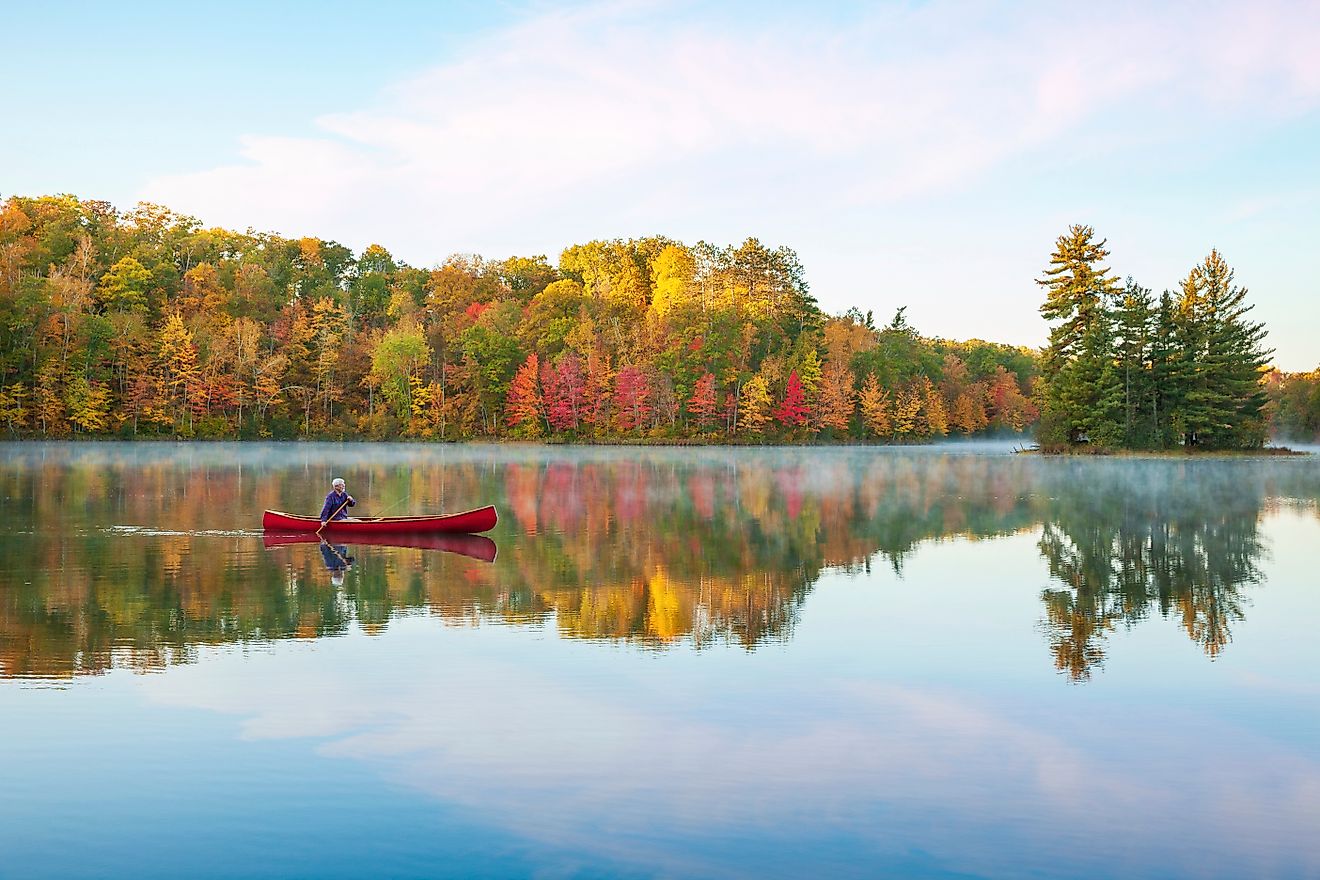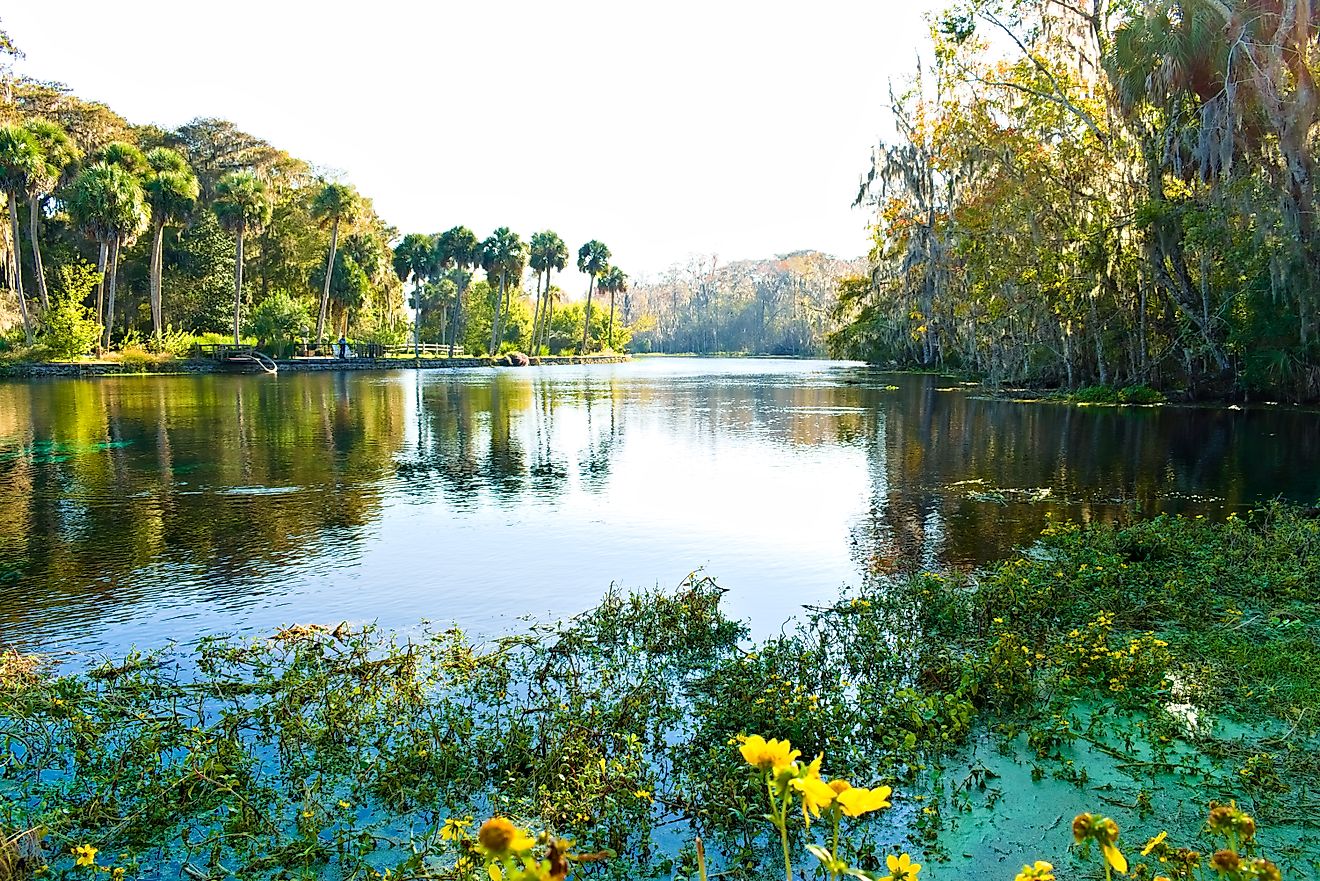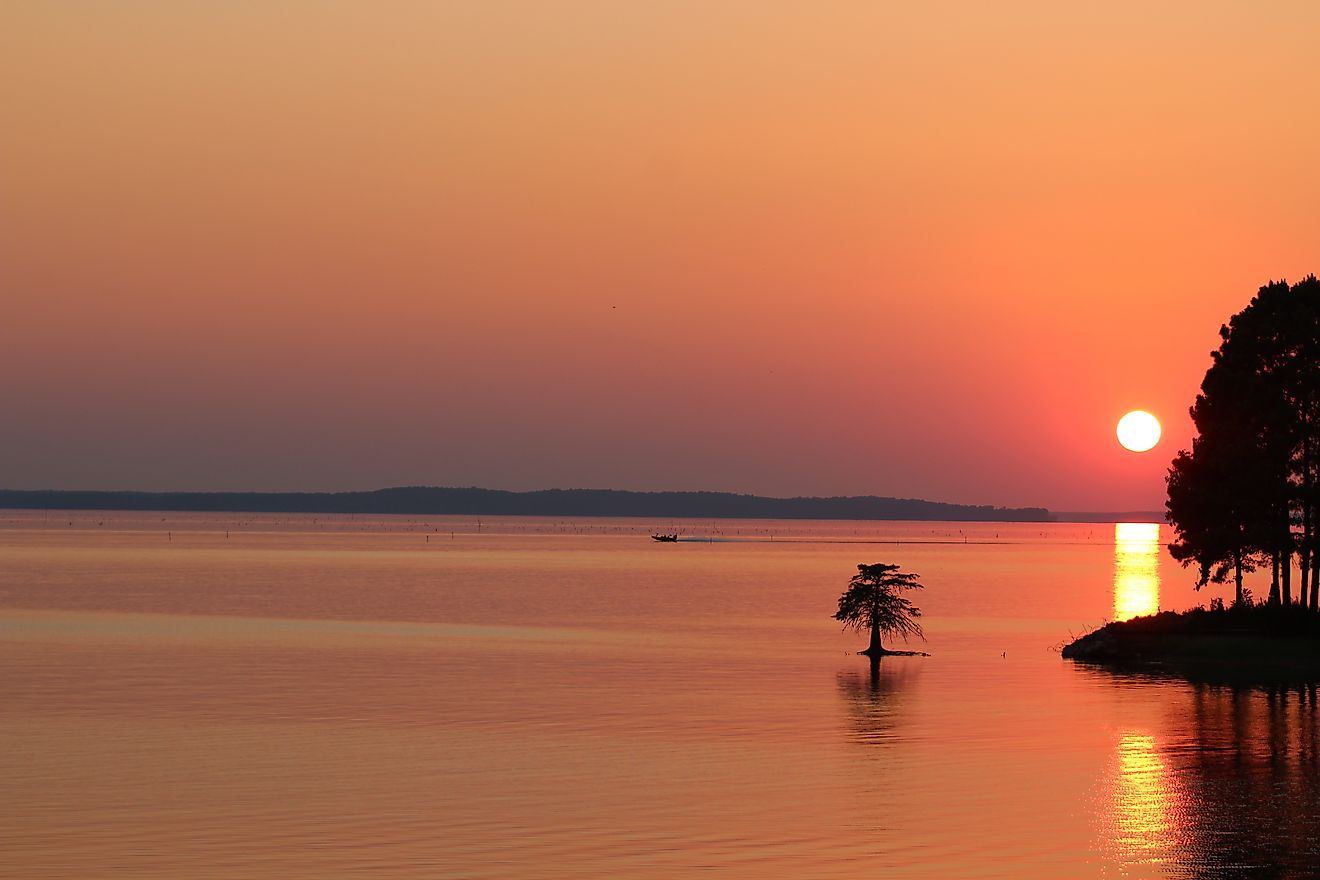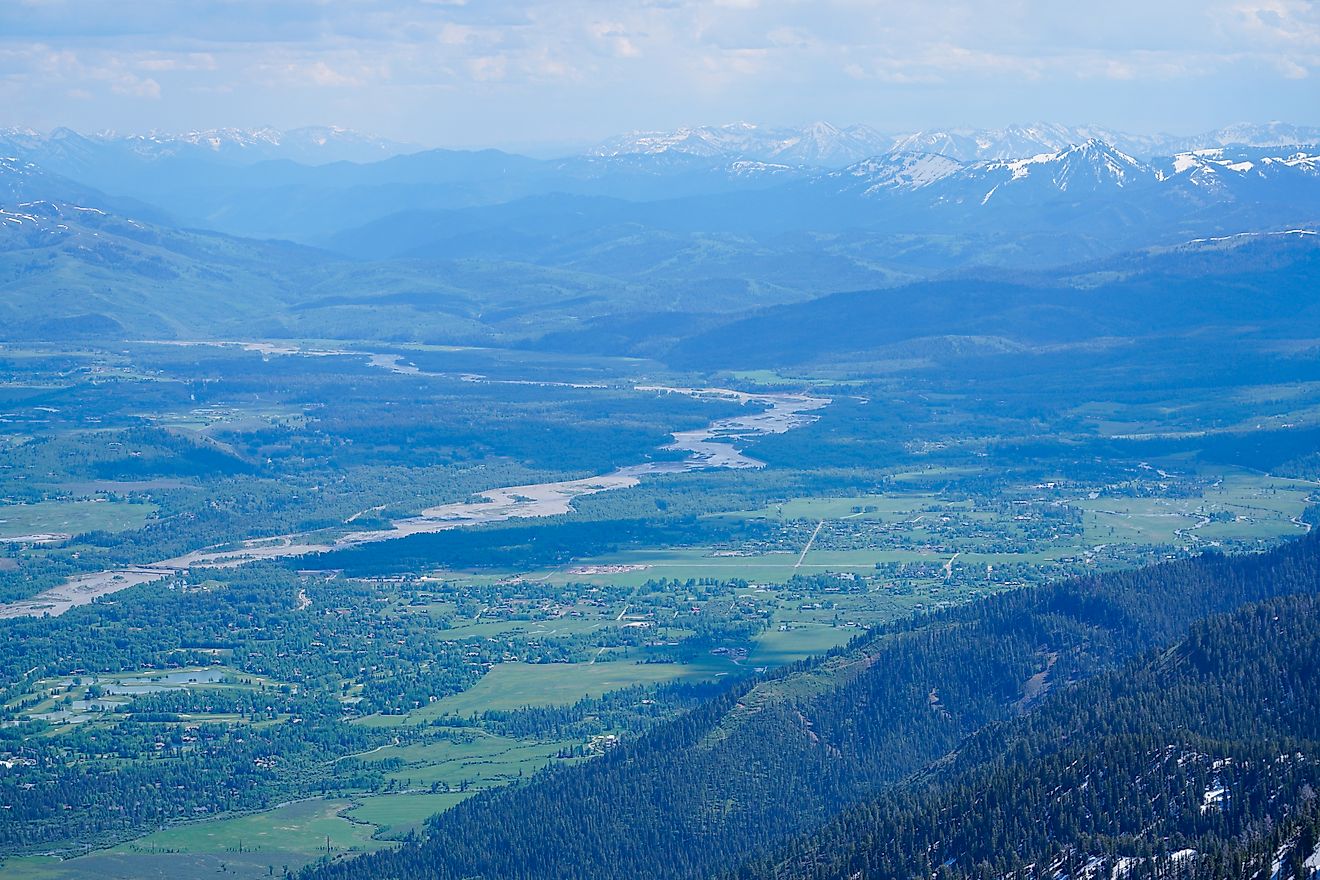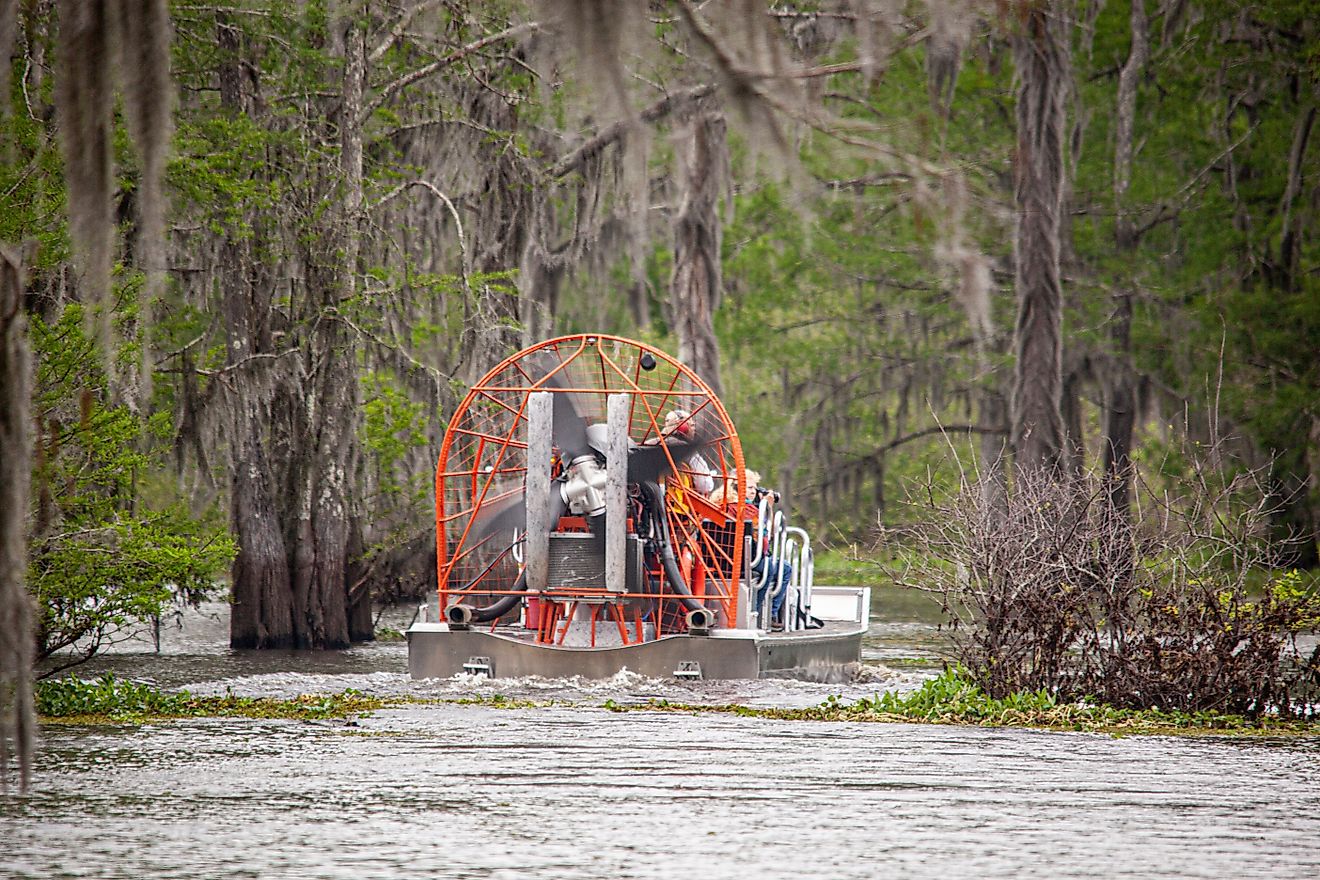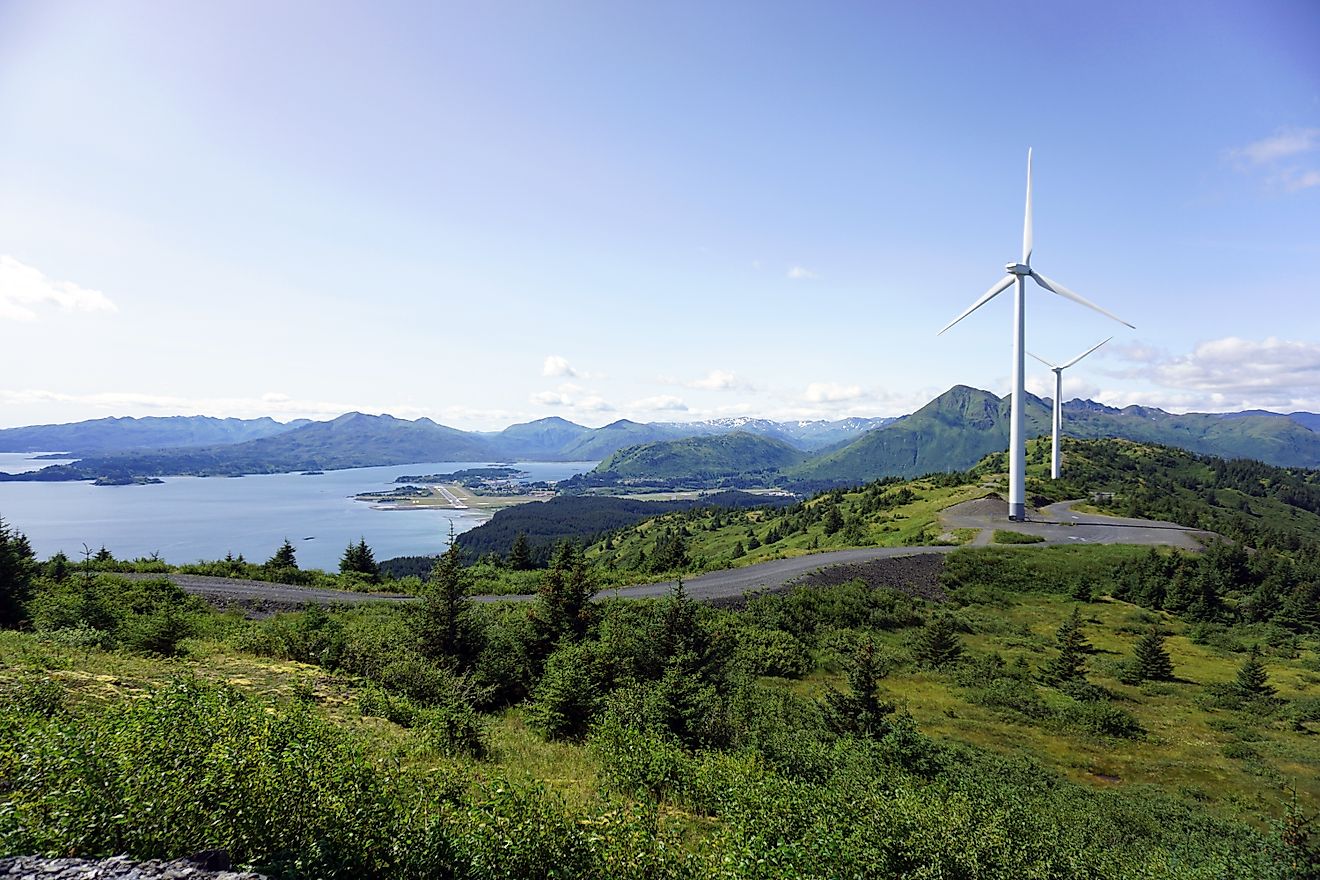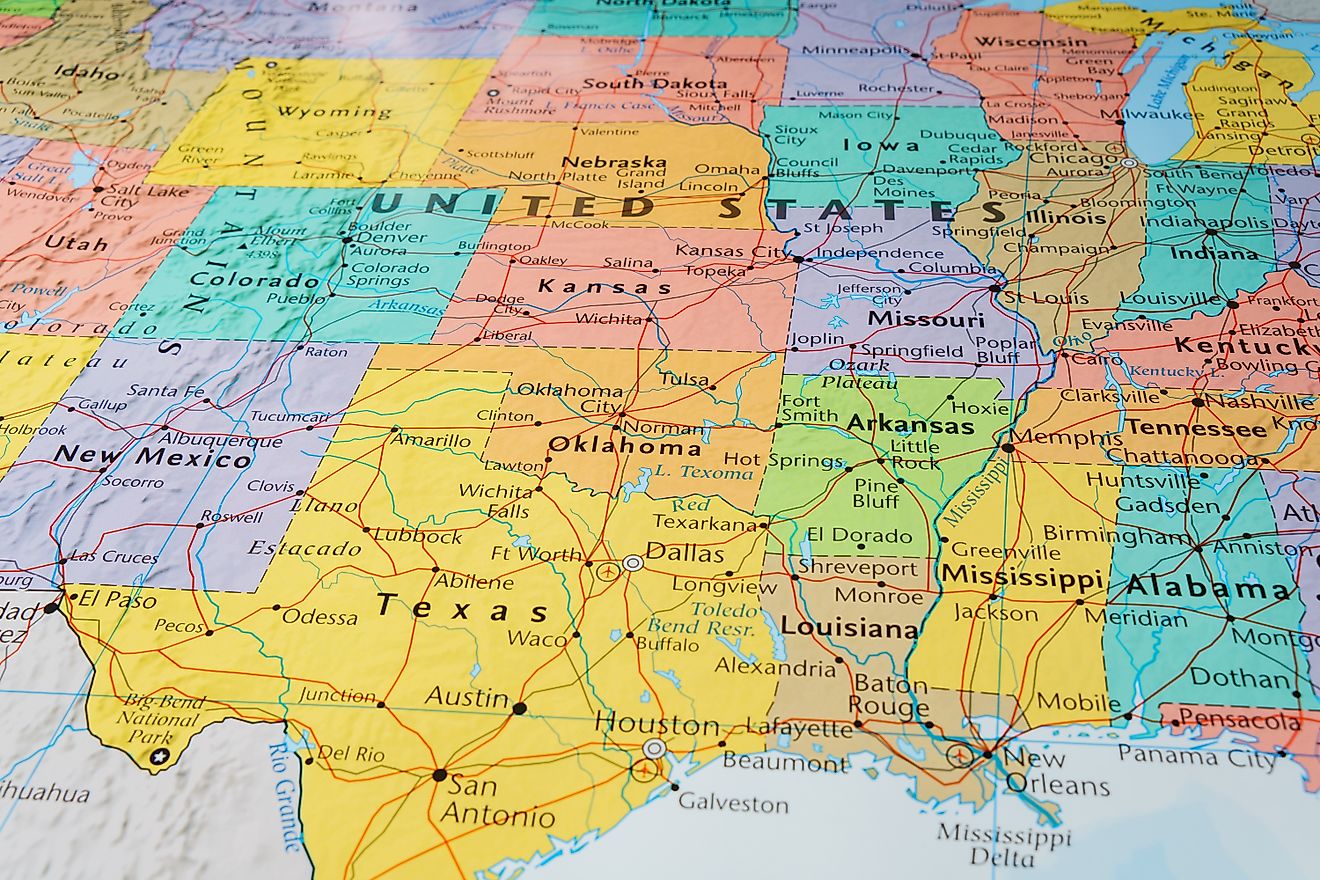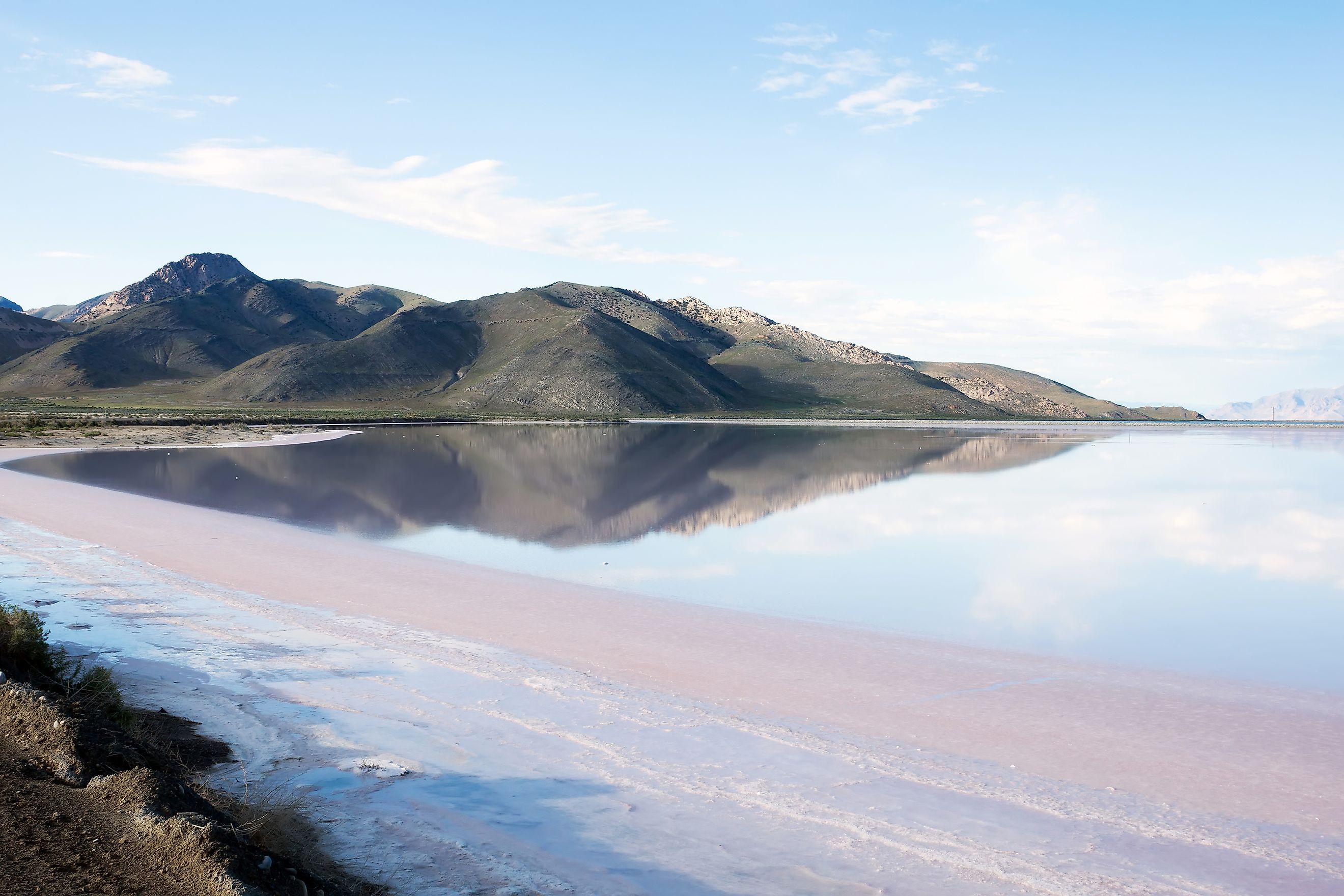
America's Largest Saltwater Lake
Exploration and wonder go hand in hand, especially when you experience the stunning beauty of natural wonders like the Great Salt Lake. Located in northern Utah, this massive saltwater lake is not just the largest in America; it’s also a fantastic spot packed with unique ecological features and a rich history. Its shimmering surface set against breathtaking mountain views makes it the perfect place for adventurers and nature lovers to uncover hidden gems.
But there's more to it than just its impressive size! The lake is home to a complex ecosystem that supports a variety of wildlife, making it a crucial habitat for migratory birds and other species. Its intriguing history, shaped by nature and human activity, adds even more to its charm. Whether you are attracted to its natural beauty or fascinating stories, the Great Salt Lake offers an unforgettable experience for everyone who visits.
Unveiling The Great Salt Lake
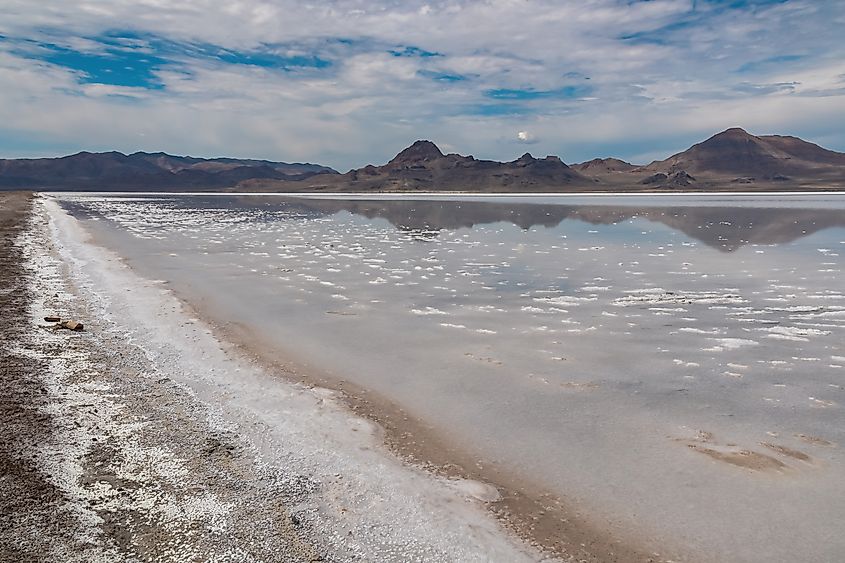
The size of Great Salt Lake is impressive, stretching over 1,700 square miles, though it can change with the water levels. It's a great example of how nature shapes our landscapes over thousands of years and is a remnant of the ancient Lake Bonneville, which once covered a big part of Utah. Its formation was influenced by geological shifts and climate changes, showing just how dynamic our planet is.
Even though it covers such a large area, the lake is only about 14 feet deep on average. This shallow depth leads to high salinity since water evaporates faster than it gets replenished, creating dense mineral concentrations. This unique feature makes the Great Salt Lake stand out from other large bodies of water and helps create a one-of-a-kind ecological community. It’s also a vital habitat for wildlife, proving that extreme environments can support life!
Depth and Salinity of The Great Salt Lake
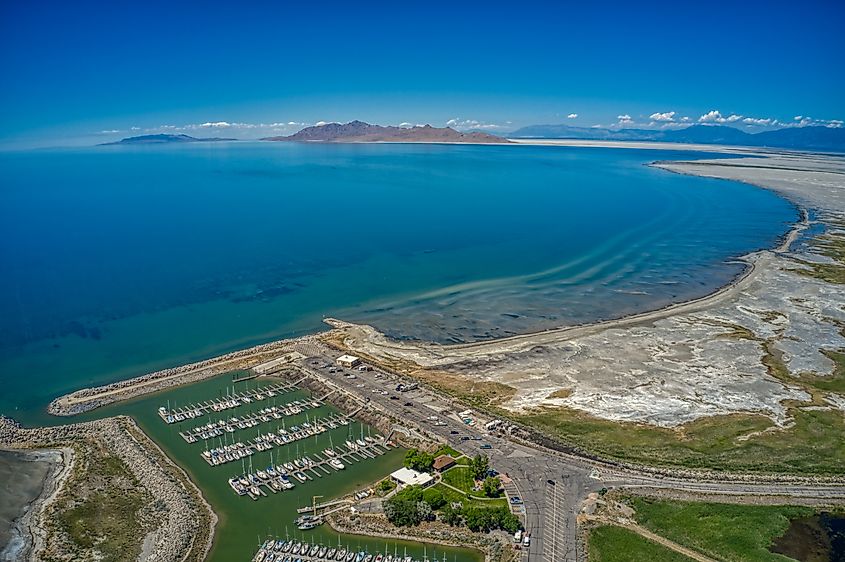
Aerial View of Swimming Beach on the Great Salt Lake, Utah.
The Great Salt Lake might not be as deep as some other big lakes, reaching a maximum depth of about 33 feet, but it sure has some wild depth changes depending on the weather. It can shrink significantly in dryer years, exposing vast salt flats and reducing its depth even further. This back-and-forth alters the lake's size and increases its salinity, which can soar to levels over ten times saltier than the ocean! That super-high salinity creates a one-of-a-kind environment where only particular creatures can survive.
Brine shrimp and brine flies are among the few that thrive in these harsh conditions and are crucial for the lake's ecosystzem. They provide an essential food source for millions of migratory birds that stop by yearly, making the lake a vital pit stop on the Pacific Flyway. All this back-and-forth between the lake’s size, salinity, and the life it supports shows how critical this unique natural resource is. The Great Salt Lake isn’t just any body of water; it’s a vital habitat for wildlife.
The Islands Scattered Across The Lake
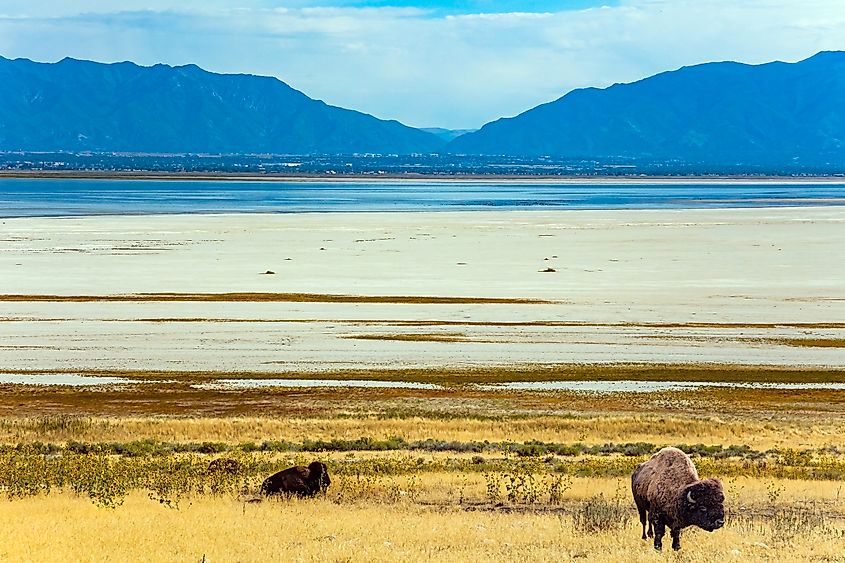
The Great Salt Lake has several islands, each with an incredible story! The biggest one, Antelope Island, is a biodiversity hotspot and a favorite for visitors. There, you can spot bison, pronghorns, and tons of bird species. Plus, the rugged terrain is perfect for hiking, with amazing views of the lake and surrounding mountains.
Then there's Fremont Island, named after the explorer John C. Fremont. This place has a rich history, having been everything from a cattle grazing area to a private retreat. Even with its past, it’s primarily undeveloped, keeping that wild, untouched feel.
Stansbury Island, the second-largest, is a playground for off-road enthusiasts. Trails wind through its rugged landscape, and the unique geology and panoramic views make it a favorite for photographers and nature lovers. Each island in the Great Salt Lake offers a different experience, mixing natural beauty with a bit of history.
A Glimpse into The Lake's History
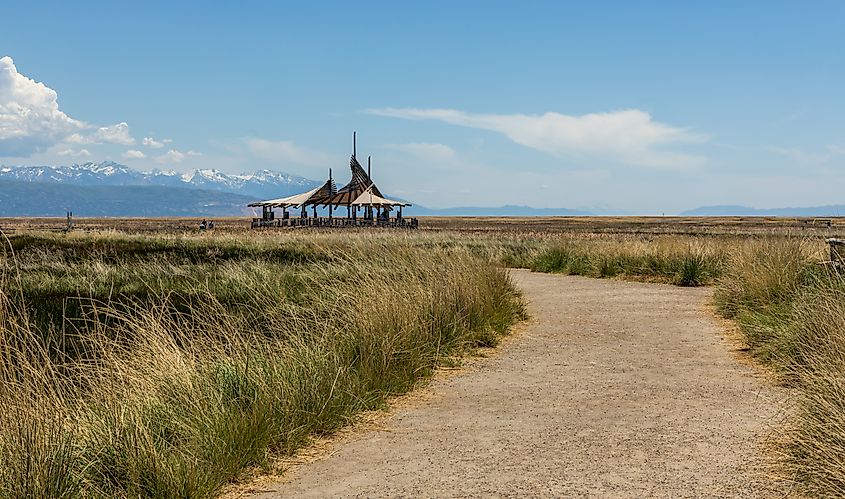
Panoramic spring landscape at Great Salt Lake Shorelands Preserve in Utah.
The Great Salt Lake has a fascinating history that is as vast as its waters. Indigenous tribes like the Shoshone, Goshute, and Ute have depended on the lake's resources for survival for ages. Then, in the mid-1800s, European settlers showed up, changing the game as the lake became a hotspot for exploration and settlement. The Mormon Trail opened in the 1850s, bringing many pioneers to the area, many of whom made their homes by the lake, leading to the birth of Salt Lake City and its surroundings.
The lake's unique ecosystem and mineral-rich waters caught the eye of industries like mining and salt production, boosting the local economy. Today, the Great Salt Lake is still a vital cultural and economic treasure, showcasing the rich histories of Indigenous peoples and early settlers who shaped its story.
Ecological Significance

Black Necked Stilt at the Great Salt Lake.
The Great Salt Lake's unique environment supports many different life forms, including one of the world's largest populations of brine shrimp. These little guys are super important for commercial harvesting and the local food chain. The lake is a crucial stop for millions of migratory birds like the American avocet and Wilson's phalarope, who depend on its rich food resources during their long journeys. This shows how vital the lake is to both regional and global ecosystems.
Historical Attractions Near The Great Salt Lake
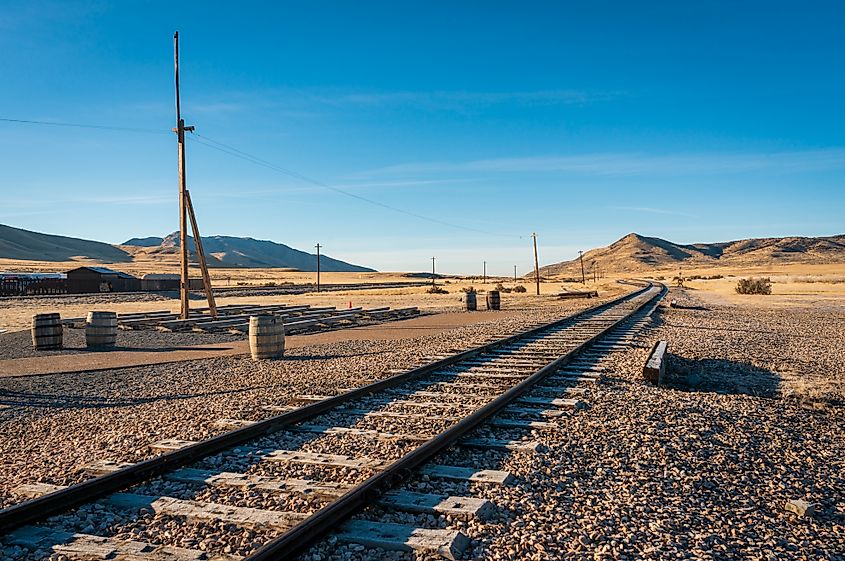
The Historic Train Tracks and Rails at Golden Spike National Historic Site, Utah.
If you’re a history buff, you’ll find plenty to explore around the Great Salt Lake! Just a short drive away is the Golden Spike National Historic Site, where the first transcontinental railroad was completed. It’s a great spot to learn about the challenges and triumphs of the railroad era.
Not far from there, Salt Lake City, founded by Mormon pioneers in the mid-1800s, is packed with historical charm. You can check out Temple Square, the heart of the Church of Jesus Christ of Latter-day Saints, and the stunning Utah State Capitol. These places help you appreciate the region's cultural heritage and the events that shaped its past. It’s all a fascinating journey for anyone curious about history!
The Great Salt Lake's Cultural Impact
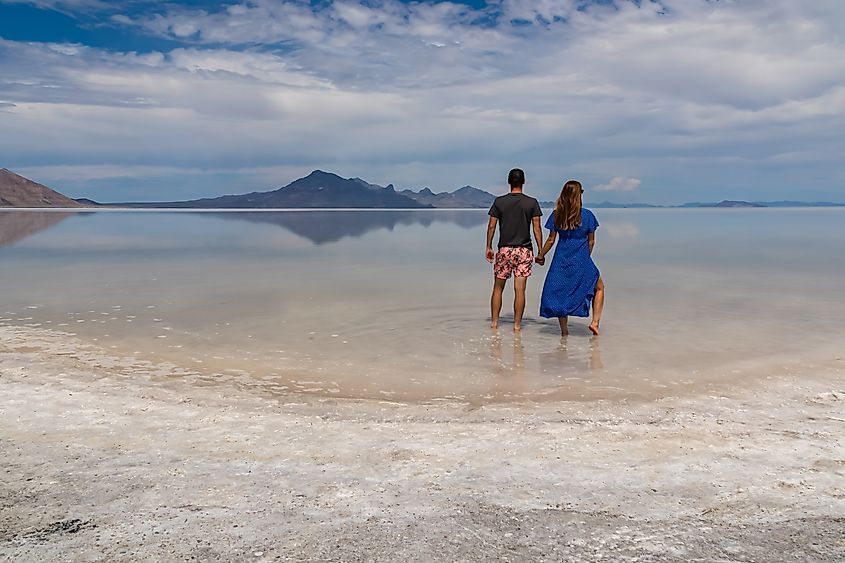
The Great Salt Lake has shaped Utah's culture and surrounding areas. It’s influenced communities, industries, and even weekend fun. Its unique features have sparked creativity, inspiring artists, writers, and musicians like Mary Hallock Foote and Charles S. Peirce throughout history. Lately, the lake has also become a symbol of environmental challenges, reminding us of the critical importance of sustainable practices and conservation. With water levels fluctuating, it’s a wake-up call about the balance we need between human activities and nature.
So, as we tackle these issues, let’s remember the lake is more than just a pretty spot; it’s a crucial part of our ecosystem that needs our attention. By raising awareness and getting involved in conservation, we can help ensure the Great Salt Lake keeps inspiring future generations.
The Wonders of the Great Salt Lake
The Great Salt Lake is a fantastic example of nature’s complexity and resilience! Its unique ecosystem, rich history, and fun recreational options make it a special place. As we face modern challenges, protecting this one-of-a-kind body of water is super important. By working together on conservation and sustainable practices and getting the community involved, we can help preserve its environment for future generations. The Great Salt Lake offers vital habitats for countless species and adds to our lives with its natural beauty and cultural heritage. Let’s keep cherishing and protecting this incredible asset so it can stay a vibrant symbol of ecological wonder for years to come!
